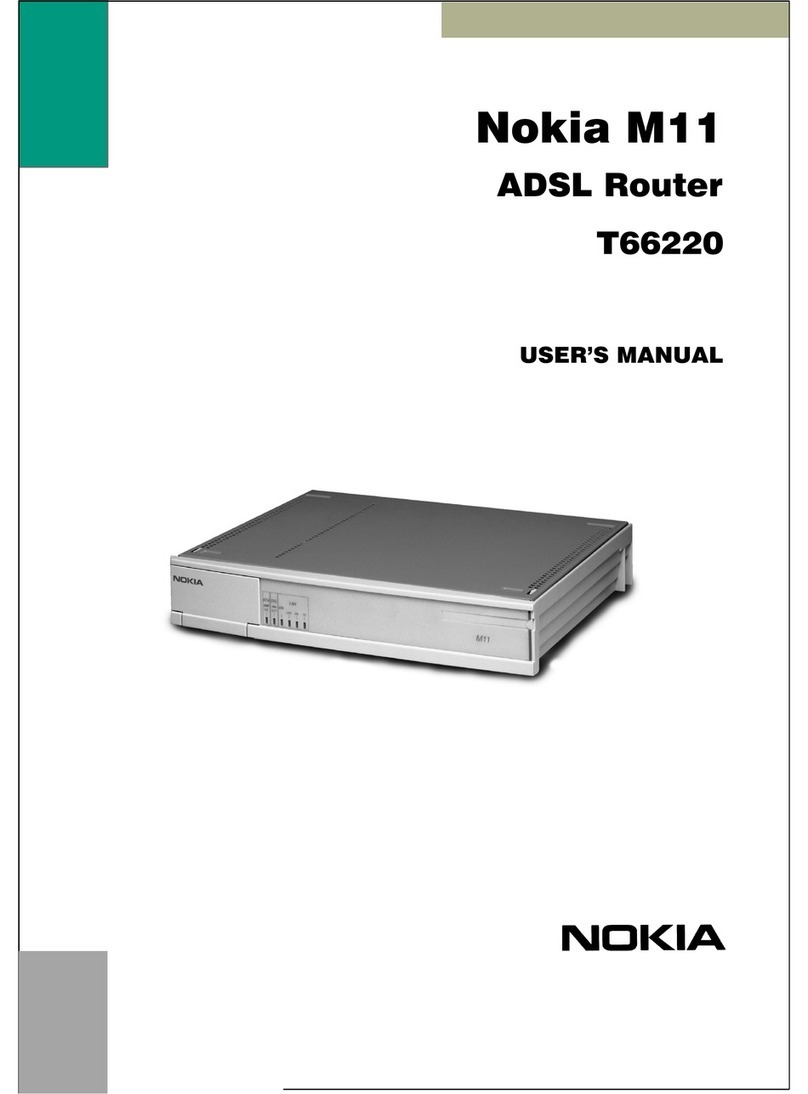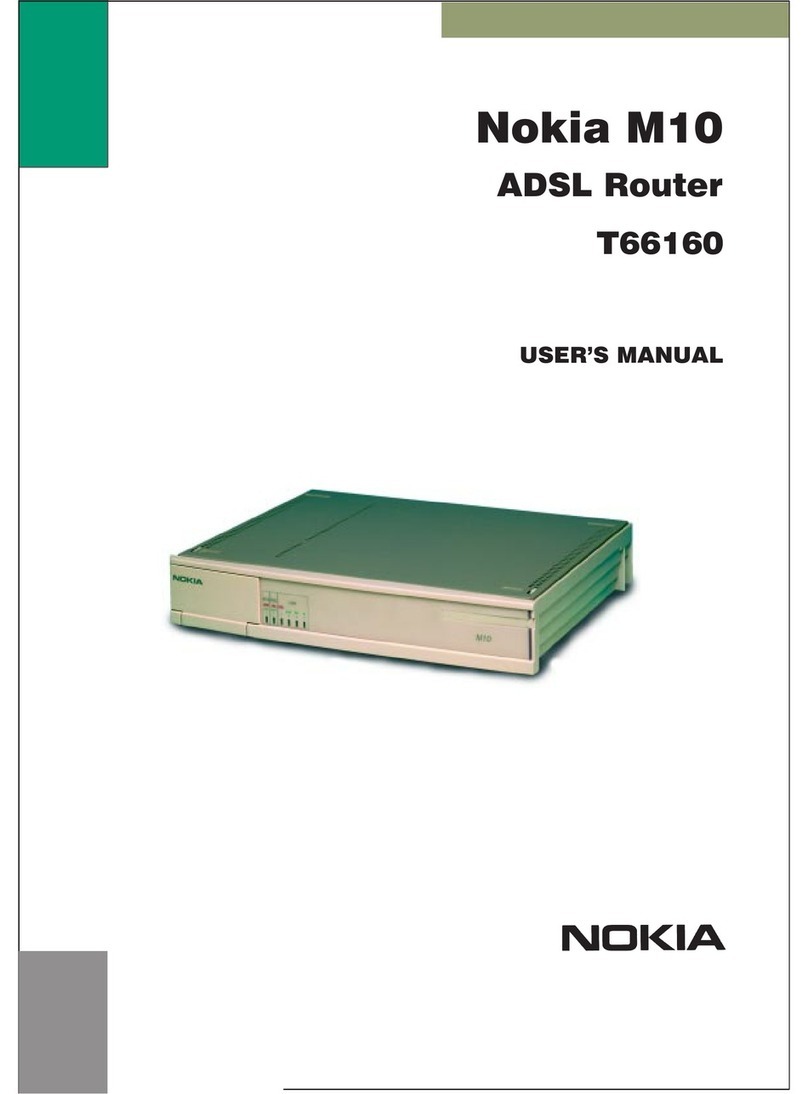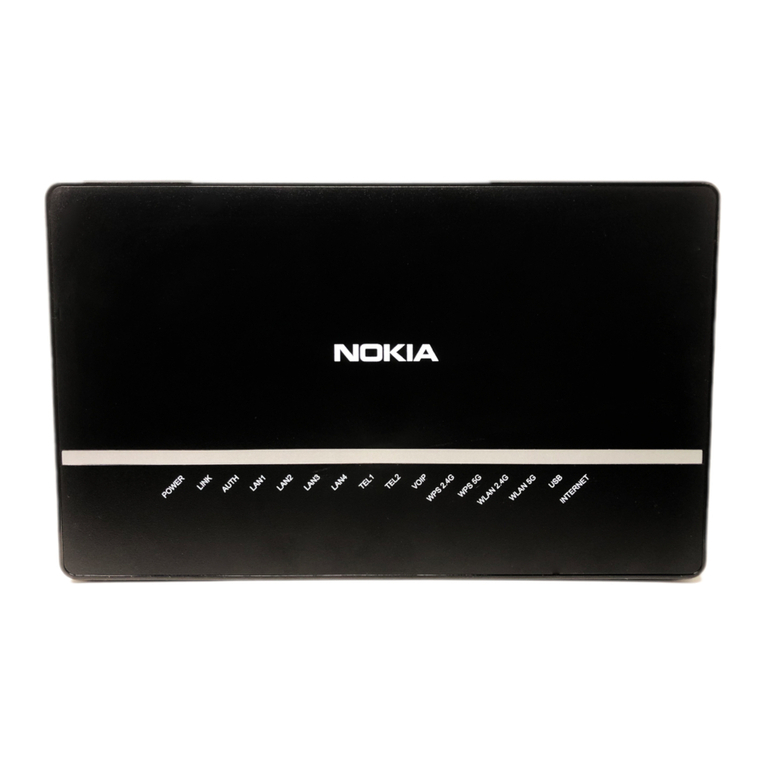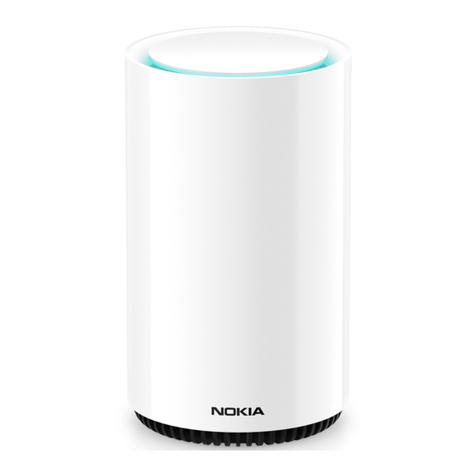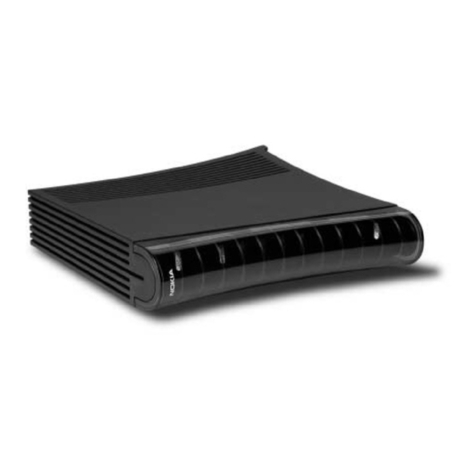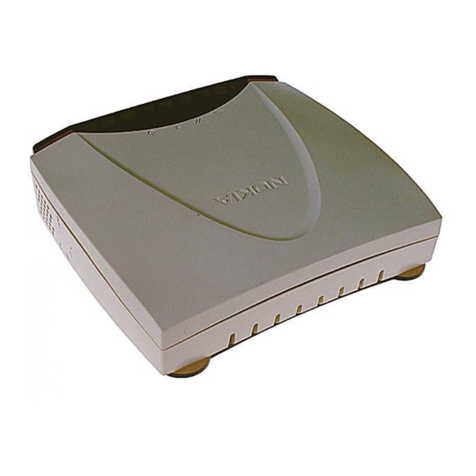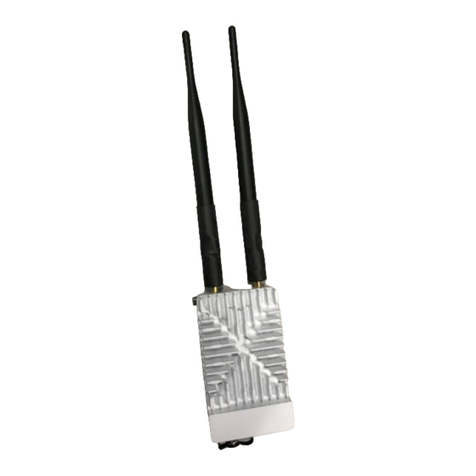SUPPORTED STANDARDS, MIBS AND RFCS.......................................................................... 305
STATISTICS MONITORING ........................................................................................................306
RMON ALARMS............................................................................................................................ 307
27. PERIODIC MONITORING .........................................................................................................312
INTRODUCTION ...........................................................................................................................312
FEATURE OVERVIEW .................................................................................................................312
SUPPORTED STANDARDS, MIBS AND RFCS.......................................................................... 314
DEFAULT PERIODIC MONITORING CONFIGURATION........................................................315
CONFIGURING AND DISPLAYING PERIODIC MONITORING ............................................. 316
CONFIGURATION EXAMPLES...................................................................................................326
RELATED COMMANDS............................................................................................................... 328
28. LOGGING SYSTEM TRAP MESSAGES TO THE NVRAM ..................................................329
INTRODUCTION ...........................................................................................................................329
CONFIGURING THE TRAP LEVEL FOR STORED SYSTEM MESSAGES............................. 329
CONFIGURING THE MESSAGE FORMAT ................................................................................329
NVRAM SYSTEM-TRAP LOGGING COMMANDS................................................................... 330
29. NVRAM CONFIGURATION HISTORY.................................................................................... 333
INTRODUCTION ...........................................................................................................................333
HISTORY LOG FORMAT AND GENERATION.........................................................................333
CONFIGURING HISTORY SETTINGS........................................................................................ 333
DISPLAYING THE CONFIGURATION HISTORY..................................................................... 334
30. CONFIGURING THE WATCHDOG FEATURES....................................................................337
OVERVIEW....................................................................................................................................337
ACCESSING WATCHDOG MODE ..............................................................................................337
CONFIGURING THE RESET-LOOP DETECTION FEATURE .................................................. 338
CONFIGURING THE SNMP REQUEST FAILURE DETECTION FEATURE...........................339
CONFIGURING THE APPLICATION SUSPENSION DETECTION FEATURE.......................340
DISPLAYING THE WATCHDOG CONFIGURATION...............................................................341
31. NTP CLIENT DESCRIPTION .....................................................................................................342
INTRODUCTION ...........................................................................................................................342
THE NTP TIMESERVER COMMANDS....................................................................................... 342
WHY USE NTP PROTOCOL ?...................................................................................................... 343
CONFIGURING AND DISPLAYING NTP SERVER SETTINGS...............................................343
MD5 AUTHENTICATION.............................................................................................................345
RUNNING THE NTP SERVER ..................................................................................................... 346
EXAMPLES ....................................................................................................................................347
CONFIGURATION EXAMPLE.....................................................................................................347
CONFIGURING DAYLIGHT SAVING TIME (DST) ..................................................................348
32. REMOTE AUTHENTICATION DIAL-IN USER SERVICE (RADIUS) ................................351
INTRODUCTION ...........................................................................................................................351
BINOS RADIUS FEATURES ........................................................................................................351
DESCRIPTION OF COMMANDS................................................................................................. 352
USING RADIUS TO CONFIGURE LOGIN AUTHENTICATION..............................................354
A RADIUS CONFIGURATION EXAMPLE .................................................................................355
33. SECURE SHELL (SSH) ................................................................................................................357
INTRODUCTION ...........................................................................................................................357
SOME SECURITY CONSIDERATIONS ......................................................................................357
COMMANDS FOR MANAGING THE SSH SERVER................................................................. 358
SUPPORTED CLIENTS .................................................................................................................359
SUPPORTED STANDARDS..........................................................................................................359
34. 802.1X PORT-BASED AUTHENTICATION .............................................................................360
INTRODUCTION ...........................................................................................................................360
